
Research Paper By Gail Anette Regina Walters
(Blended Coach, SOUTH AFRICA)

CHANGES BEYOND 2020 – Creating a shift in the workplace and socially
The Impact on Coaching
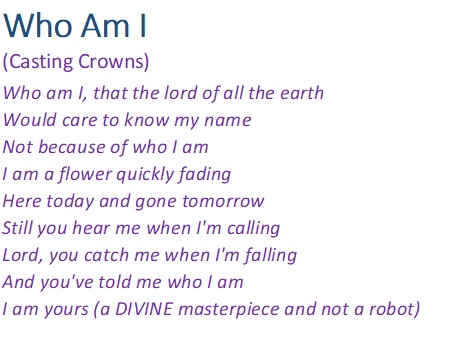
Introduction
What DIVERSITY is in today’s world: It means understanding that each individual is unique, and. recognizing our differences. These can be along the dimensions of race, ethnicity, gender, sexual orientation, socio-economic status, age, physical abilities, religious beliefs, political beliefs, or other ideologies”. Diversity is centuries old, the beginning of humankind, and the evolving universe composition. In recent times, we are seeing the effects of the way our “Millennials” approach diversity which is different from previous decades, these groups of youth are making inroads into the workplace and socially.
As our future leaders, where is their vision and how will it play economically, socially, and professionally. We can ask many questions on how technology plays a role in all of this and will technology create the change beyond 2020 socially and most importantly in the workplace. Diversity, Millennials, and Technology is the combination that we need to remember is turning the world up-side-down and creating clockwise functionality.
SELF is now vacuum spaces for a percentage of human beings on Earth, inadequacy, and feelings of not meeting the human mark, a challenge or we ask ourselves, what is the impact on “Coaching” in decades to come.

Literature Review
Wellner (2000) conceptualized diversity as representing a multitude of individual differences and similarities that exist among people. The characteristics representing diversity are illustrated in Gardenswartz & Rowe’s (1994) Four Layers of Diversity Model who described diversity as being like an onion, possessing layers that once peeled away reveals the core.
According to Gardenswartz & Rowe, four layers of diversity are organizational dimensions, external dimensions, internal dimensions, and personality. The organizational dimensions represent the outermost layer and consist of characters such as management status, union affiliation, work location, seniority, divisional department, work content/field, and functional level classification. The characteristics of diversity associated with this layer are items under the control of the organization in which one works. The people can influence this layer in a limited capacity because control rests with the organization in which a person works.

The next layer is the external dimensions. The external dimension represents those characteristics that deal with the life choices of an individual. The characteristics in this layer are personal habits, recreational habits, religion, educational background, work experience, appearance, status, marital status, geographic location, and income.
Meanwhile, the layer where an individual exercises the least amount of control is the internal dimensions, where an individual has no control over these characteristics that are assigned at birth, such as age, race, ethnicity, gender, and physical ability. Often these characteristics are the sources of prejudice and discrimination.
![]()
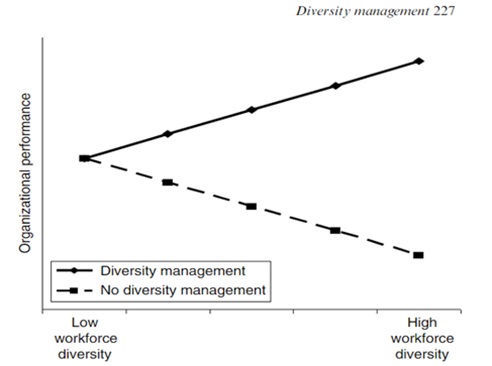
At the core of the Four Layers of Diversity Model is personality. Personality is described as traits and stable characteristics of an individual that are viewed as determining particular consistencies in the manner in which that person behaves in any given situation and over time (Winstanley, 2006). The personality of an individual is influenced by the other three levels of the model which help shape the individual’s perception, disposition, and actions, as the individual interacts with the world around them.
Despite the technological wonders of today’s communication, international relations require us to deal with one another on a person-2-person basis for this to be effective, one has to overcome language and stereotype barriers. This may require the mental elimination of terms like alien and view the individual as having a background that is different (Moran, Harris, & Moran, 2011). Simlin (2006) found that as age increases, the perception of diversity openness decreases.
Once again, it is decades ago and yet we see the same pattern, no diversity management is a clear reflection that the organization will face Low workforce diversity. Such type organizations eventually find themselves sourcing Business Coaches, Mentors, Agile Coaching, or Consultants.
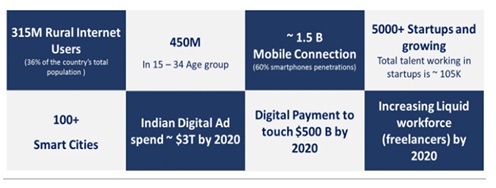
![]()
Reimagining Diversity and Inclusion for 2020 Workforce Innovation is the only constant that would change the dynamics of business models in the future. Innovation is not capital investment, it is per capita invested. Innovation is culture efficient, comes from the diversity of minds.
The New Dynamics states that Millennials are
passion-driven, they have an innovative bend of minds, and they are always connected. These are the topmost traits of the millennial workforce, and the tribe is growing.
The evolving workforce of the millennial generation is standing at the crossroads of high-level digital growth. Some of the visible growth stories from various research reports are mentioned below which would impact the workforce of 2020 and beyond. Access to the internet and increasing digital adoption impact the character of the workforce. This would lead to demographic shifts. – change in size, distribution, and profile of the workforce population. As per various reports, it is indicative that the increase in adoption to digital would spike the demand of the workforce to tackle the technology infrastructure for vision example if we look at India’s growth as illustrated below. DIGITAL ECONOMY – RESOURCE AND OPPORTUNITY BY 2020 Source: Ministry reports, KPMG, PwC, DAN-E4M

Is business adopting artificial intelligence?
Plenty of businesses are adopting AI technology and the global revenues from “smart” enterprise applications are expected to grow from $1.62B in 2018 to $31.2B by 2025. The business interest is there. But is it worth asking another question – are millennials threatened or excited by AI? The answer to that is slightly complicated.
Nearly a third of millennials understand AI and have some experience with it. This is significantly higher than previous generations. So, we know they aren’t ignoring this technology or running from it. Of course, that can be a function of necessity as much as it is interest or desire.
A large portion of millennials’ experience with AI is related to chatbots. More than other generations. Millennials engage with Siri, Alexa, and a variety of messenger bots of their favorite brands. Another concern that millennials have is the way that AI collects, stores, and uses data
Because millennials already have positive experiences in interacting with brands using AI bots, they are very amenable to embracing this technology as it deepens and becomes even more functional. In addition to this, while AI technology may be a perceived threat to millennials in the workplace, it also brings opportunities.


Diversity, Artificial Intelligence, and Millennials Ignite Conversations at Recruiting-Daily #HRTX Boston 2018
Diversity, AI, and the Millennials: It is clear that advantages and disadvantages exist, we need to acknowledge that Millennials have certain fears about AI but they are more technologically savvy and they are currently working, experimenting, and enabled in the Technology space in terms of new trends and opportunities.
The best part about machine learning and AI as a whole is that it requires implementation, management, and oversight and this still requires a human hand. But the number of employees with the required set of skills to handle such jobs is still lower than the demand. A young professional who therefore embarks on developing such skill/s has a likelihood of remaining relevant.
It is time that more recruiting for diverse candidates are likely to be the new phase of recruitment for 2020 and beyond, this is for the wellbeing of world economic status.
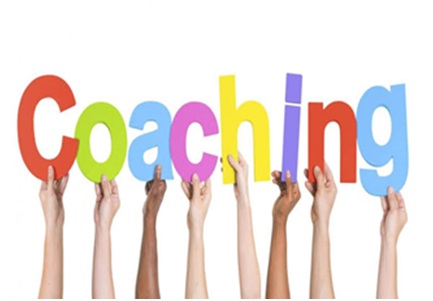
Diversity/Artificial Intelligence/Millennials – Impact on coaching
Professor Terblanche from the University of Stellenbosch in South Africa demonstrated a computer program that mimics human conversation via a text interface, called “Vicci”. One of the success factors for the adoption of chatbot technology is clarity that the bot is not a human to manage expectations, Dr. Terblanche explained that Vicci is underpinned by a theoretical model derived from goal attainment and performance coaching theory.
In a conversational style, Vicci helps clients to identify goals, reflect on their importance, and then create an action plan to reach the goals. Regular check-in sessions track the progress of the actions and goals. Vicci is ready for research purposes and Dr. Terblanche plans to conduct several investigations ranging from the willingness of clients to use Vicci (technology adoption), to the efficacy of Vicci in terms of helping clients reach their goals (The Stellenbosch University of South Africa through Professor Terblanche).
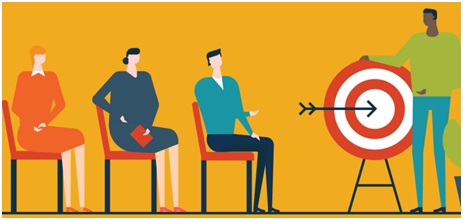
The free-of-charge Woebot is positioned to the users as ‘coaching’ and ‘self-help’. AI could furthermore be used in-between coaching sessions, e.g. Vicci could complement the advantages of the human coach-client interaction by focusing on the goals aspect, say David Clutterbuck.
Clutterbuck also says that
Evidence of the successful use of a ‘bot’ to complement human interaction is available from the field of mental health: the ‘Woebot’ is an automated chat-bot, based on cognitive-behavioural therapy (CBT), for young adults with symptoms of depression and anxiety.
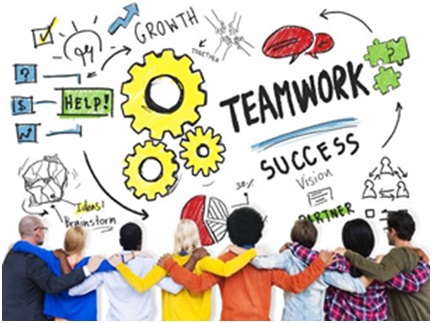
The debate about differences and overlap of coaching and mentoring is ongoing. AI works on the so-called ‘training data’ it has been taught, which aligns more with the importance of experience in mentoring. Thus, there is a lot of potential for using coach-bots in mentoring contexts as well as in coaching. How coaching is used is diversifying rapidly in organizations generally, especially Millennials, who call for a diverse offering of AI-based coaching.
Dr. Sandra Waechter, a lawyer, and Research Fellow at the Oxford Internet Institute, states
Law is a very male-dominated field and tech-law even more so. The general view of what a tech-lawyer ‘is’ is not very diverse or evolved yet.
The demand for psychotherapy & self-development coaching is growing, and digital services are taking place in the market. For example, there is a social mobile app named “Mind-bloom” where social users can motivate each other to improve their behavior, in reaching their life goals and also be more successful in life.
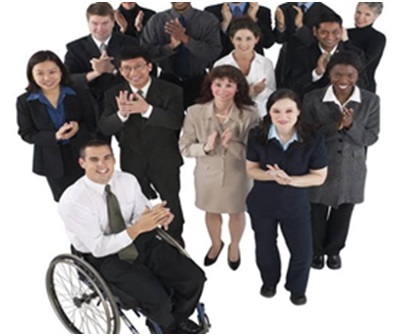
Conclusion
It would be ignorant or foolish to say that Artificial Intelligence will not change the organizational context for all coaching clients as it is clear that we see where AI is complementing coaching. More organizations are adopting and introducing AI apps, chat-bots, and robots in their organizations so we see AI coaching and mentoring becoming more accessible to employees in most organizations.
Dr. Sandra also comments, “There are many challenges associated with AI-based coaching around managing bias and ethics, and the world is called to contribute to managing these challenges by educating ourselves, contributing to research, and ensuring diverse viewpoints are represented in the field of AI-based coaching as AI is evolving generally.
It would be interesting to see the advancement of Alexa, Siri, and Vicci in a decade from now. Will they change and how will they change, realistically?
We can, therefore, see an impact but this should not scare any “COACH”, there will always be work for human beings. One question we can ask ourselves is if the “AI-based coach” will need to be certified, so once again, we have worked as Coaches in this world of Coaching for people in work-places (all industries, sectors, enterprises), socially and in society at large, the world is our OYSTER, let us continuously find our pearls (CLIENTS), rendering a successful human touch.

Reference
https://yourstory.com/mystory/reimagining-diversity-and-inclusion-for-2020-workf-4zv3pyo597
https://www.researchgate.net/figure/Four-layers-of-diversity-Source-adapted-from-Gardenswartz-Rowe-2003_fig3_282848702 (Gardenswartz & Rowe’s (1994) Four Layers of Diversity Model)
Wellner, Alison; Training, v37 n4 p34,36,38 Apr 2000
Digital Economy – Resource and Opportunity by 2020 – Source: Ministry reports, KPMG, PwC, DAN-E4M
https://www. Stellenbosch University › Business School; Nicky H.D. Terblanche. | SUN · Business School … and the application of Artificial Intelligence and Machine Learning in these fields;
https://www.oii.ox.ac.uk › people › Sandra-Wachter (Sandra Wachter is an Associate Professor and Senior Research Fellow in Law/Dr. Brent Mittelstadt and Dr. Chris Russell)
https://www.bullhorn.com › news-and-press › press-releases › bullhorn-https://conferences.recruitingdaily.com › Boston
https://doi.org/10.1177/2158244012444615
Hofstede, G. (1994). Cultures and organization: Intercultural cooperation and its importance for survival: software of the mind. London, England: HarperCollins.
Knippenberg, D. V., de Dreu, C. K. W., Homan, A. C. (2004). Workgroup diversity and group performance: Journal of Applied Psychology, 89, 1008-1022.
Edwards, J.R., Cabe, D.M., Eilliamson, I.O., Lambert, L.S., & Shipp, A.J. (2006). The phenomenology of fit: Linking the person and environment to the subjective experience of person-environment fit. Journal of Applied Psychology, 91(4), 802-827.